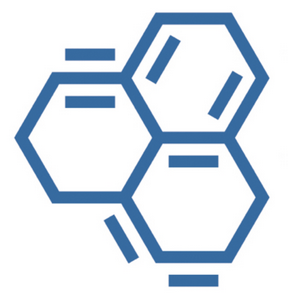January 2025: A Unified Monitoring Approach to Enhancing the Security and Resiliency of Hazard Workflows
In this talk, we will first discuss techniques to improve the resiliency of hazard monitoring systems. This includes optimizing machine learning training pipelines for wildfire detection to achieve faster, more accurate results while adapting to real-world constraints such as data variability and network latencies. We will also explore enabling multi-tenancy to maximize resource efficiency by allowing multiple hazard detection workflows to share infrastructure without compromising performance. Furthermore, we will present an in-depth analysis of power and energy consumption for edge devices deployed in remote and resource-constrained environments, emphasizing sustainable and scalable design choices that support long-term operation. Next, we will describe ongoing efforts to enhance the security of critical cyberinfrastructures. This includes developing techniques to prevent denial-of-service attacks that could disrupt hazard monitoring workflows and implementing secure data transmission mechanisms to safeguard information across distributed CI layers.
Speaker Bios:
Sudarsun Kannan is an Assistant Professor in the Computer Science Department at Rutgers University. His research focuses on operating system design and its intersection with computer architecture, distributed systems, and high-performance computing (HPC) systems. His work has been published in top venues such as ASPLOS, OSDI, and FAST, and he has received best paper awards at SOSP and ASPLOS, along with the Google Research Scholar award. He co-chaired the HotStorage'22 workshop and serves as an Associate Editor for ACM Transactions on Storage. Before joining Rutgers, he was a postdoctoral research associate at Wisconsin-Madison and graduated with an M.S. and Ph.D. from Georgia Tech.
Ramakrishnan (Ram) Durairajan is an Associate Professor in the School of Computer and Data Sciences, and co-directs the Oregon Networking Research Group (ONRG) at the University of Oregon. Ram earned his Ph.D. and M.S. degrees in Computer Sciences from the University of Wisconsin - Madison and his B.Tech. in Information Technology from the College of Engineering, Guindy (CEG), Anna University. He has published over 50 peer-reviewed papers in various conferences, journals, and workshops. His research has been recognized with several awards including the NSF CAREER award, NSF CRII award, Ripple faculty fellowship, UO faculty research award, best paper awards from ACM CoNEXT and ACM SIGCOMM GAIA, and has been covered in several fora (NYTimes, MIT Technology Review, Popular Science, Boston Globe, Gizmodo, Mashable, among others). Recently, his research on Internet topology has been named as "One of the 100 Greatest Innovations," has been cited in FCC's Spectrum Frontiers 2d Report and Order, and has won a number of awards including the "Best of What's New" (in security category) by the Popular Science Magazine.
